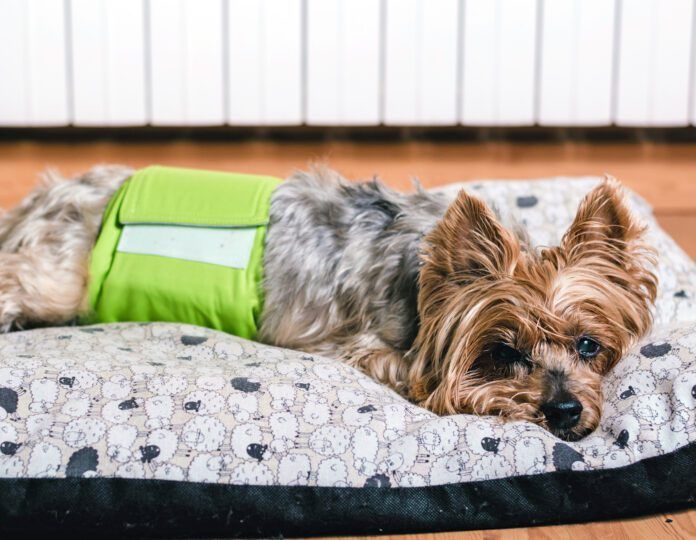When you hear “dog shoes,” the first image that comes to mind is likely canine footwear for winter conditions – snow and ice – or rugged, rocky terrain. But dog shoes – or dog boots (as they are interchangeably called) – also protect dog paws from lots of other hazards:
- Paw injury (pads/skin between pads)
- Sensitive paws (pads/skin between pads)
- Slipping (shoes provide traction for senior or disabled dogs)
- Allergies (especially pollen)
- Environmental concerns (lawn chemicals, salt, etc.)
- Sharp or uneven surfaces (gravel, broken glass, etc.)
- Hot pavement or sand in the summer
My 11-year-old Bouvier, Atle, has atopy and very sensitive paws. We spend a lot of time at the beach, and while he loves being there, sand tends to abrade his paw pads. He was a perfect candidate to test a variety of shoes meant for all-weather or warm-weather wear.
How We Choose the Best Dog Shoes
The dog’s paw is an exquisite mechanism. The abuse they gracefully counter is astounding. Paws provide traction, stability, and steering. Dogs feel the ground through their paws. While dogs mostly cool themselves by panting, the sweat glands in your dog’s paws act as another cooling mechanism. Any damage or discomfort to your dog’s footpads, interdigital spaces, nail folds, or nails can also lead to an altered gait, causing injury and imbalance throughout the body.
So when we endeavor to put shoes or boots on those paws, it’s critical that they are designed to fit well, to stay securely in place, and be made of materials that enhance their fit and comfort.
We tested six best-selling, all-weather dog shoes from companies with a reputation for manufacturing quality dog products and rated them according to these criteria:
- Our dogs’ survival and safety rely on their innate sense of proprioception. We’re looking for shoes with flexible soles that aren’t too dense and don’t affect the dog’s gait. We also want softer uppers that “give” to avoid rubbing dewclaws or carpal pads or affecting the range of motion in the carpal (wrist) joint.
- If we expect the dog to walk any distance, the boot needs to be comfortable, ideally sitting and fastening just below the wrist (at least on the front paws). It’s helpful if the manufacturer offers the boots in a lot of sizes, so our dog’s paws are neither being squished nor slipping around inside the boots. Other factors that contribute to a shoe’s comfort include its weight and “ankle” height, and how the boot is secured to the dog’s foot.
- The boots should last more than a couple of outings. We’re looking for a boot that won’t fall apart and is built to last without being bulky, heavy, or overbuilt.
- Can we toss them in the washing machine? How easy is it to put the shoes on? Is there a bright color option so that the boot can be easily spotted if it falls off? And, a minor but useful point: Is the boot’s size printed on the boot itself?
 Ruffwear started designing dog boots in 1997, and their designs have evolved over time. The Grip Trex is a lightweight, low-profile boot with a mesh upper and a rubber Vibram sole. It uses a hook-and-loop cinch closure and has a gusseted design to provide a wider opening that makes it easy to put them on the dog.
Ruffwear started designing dog boots in 1997, and their designs have evolved over time. The Grip Trex is a lightweight, low-profile boot with a mesh upper and a rubber Vibram sole. It uses a hook-and-loop cinch closure and has a gusseted design to provide a wider opening that makes it easy to put them on the dog.
As we tested these products over a couple of months, we kept going back to this shoe. Initially, we doubted whether it would stay on because of the low profile, but it has consistently stayed put and not slipped down the paw. We like how easy it is to get the shoes on and secure them without overtightening, the reflective trim, the lightweight sole that offers traction, and the breathable mesh upper, which somehow does a great job of keeping dirt out. These boots are machine washable, and the size is printed inside the closure strap. Best of all, Atle could easily walk, trot, and run while wearing these shoes.
The company’s customer service is highly responsive. Ruffwear reminds customers to check the size of the front and back paws before ordering and sells their boots in pairs, because front paws are typically wider than back paws.
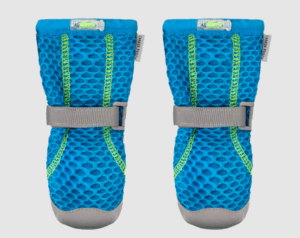 Canada Pooch was founded in 2011 and, despite what appears to be a focus on fashion, produces some boots that are worth a look.
Canada Pooch was founded in 2011 and, despite what appears to be a focus on fashion, produces some boots that are worth a look.
The Hot Pavement Boots have a mesh polyester upper and a thin rubber sole. They sport a hook-and-loop closure, a toggle at the top of the boot for extra security, and a strap at the back to help pull up the boot (note that with a hairy dog like Atle, the toggle can be a little difficult to access and use). The shoes are soft, breathable, easy to put on, and very lightweight. Their softness helps with positioning to avoid affecting the dog’s wrist movement. The boots stayed on and in place without slippage and didn’t seem to affect Atle’s gait. The shoe size is on a tag on the side of the shoe.
Concerns: After some use and one washing (the company recommends turning the boot inside out for washing, which is challenging to do), we discovered small tears on the sole near the front seam. Happily, the company was quick to respond and send a replacement set. Also after washing, the soles seemed to lose their shape. Finally, there is a good amount of seaming inside the toe of the boot. It didn’t cause problems for Atle, but we’re not sure if that would present an issue for other dogs.
We like the shoe, especially for hot weather, but are unsure of longer-term durability.
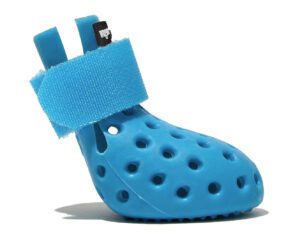 While Wagwear has been in existence since 1998, they look to be a fairly recent entrant to the shoe market with their riff on Wellington (“Wellie”) boots. This shoe represents a shift from the typical dog shoe “look” and the material is reminiscent of the rubbery “jelly” shoes for humans that were wildly popular in the 1980s.
While Wagwear has been in existence since 1998, they look to be a fairly recent entrant to the shoe market with their riff on Wellington (“Wellie”) boots. This shoe represents a shift from the typical dog shoe “look” and the material is reminiscent of the rubbery “jelly” shoes for humans that were wildly popular in the 1980s.
The shoe is a 100% rubber slip-on with a hook-and-loop closure. The Mojave has perforated holes on top for ventilation (think today’s Crocs) and is meant for hot and dry weather.
I really didn’t expect to like these boots, but they grew on me for their relative light weight, simplicity, ease of use, and Atle’s ability to easily ambulate while wearing them.
The sizing was a little quirky – we originally purchased a large, which was too small. The company quickly made an exchange for an XL. Although their customer service was responsive, it was a challenge to find their contact information on their website; they appear to offer primarily a weekday online chat option.
What we didn’t love about the shoes are that the large holes allow in some debris; they need to be hand washed; and the stiffer top of the shoe could potentially irritate a dog’s dewclaw. Nonetheless, the shoes stayed on nicely, and while the upper is stiffer than fabric uppers, the sole is flexible and allows for proprioception.
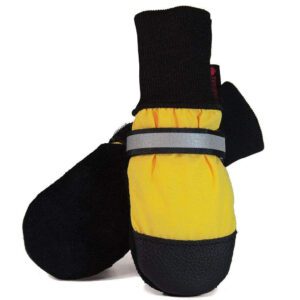 Muttluks has been making dog boots since 1994, offers a wide variety of styles, and has great customer service. The “All Weather” was one of the first entrants to the performance dog boot market and was one of our former top picks for winter dog boots.
Muttluks has been making dog boots since 1994, offers a wide variety of styles, and has great customer service. The “All Weather” was one of the first entrants to the performance dog boot market and was one of our former top picks for winter dog boots.
The shoe is made of nylon with a lightweight lining inside. It has a ribbed cuff, a flexible suede-like sole (made of treated leather), and a Velcro hook-and-loop fastener.
We like the quality, the light weight, and the superb flexibility of the sole and the upper. Comfort and ease of use are where we have questions. The ribbed cuff rides a little high and can interfere with the carpal pad on the wrist joint, which can cause chafing and potentially impact movement of the joint. We found that nails – even if cut short – can easily snag on the cuff and very hairy dog legs can be challenging to stuff into the cuff.
It’s also easy to overtighten these shoes. We did so by accident when we had to tighten them to prevent them from slipping down the paw. We realized the error when Atle balked and seemed in distress.
When properly secured, these shoes do not impact the dog’s gait, do a good job keeping out debris, are machine washable, and the size is on a tag on the side of the boot. They would protect against hot pavement, but we’d opt not to use these in the heat; they are less breathable than the other boots we reviewed.
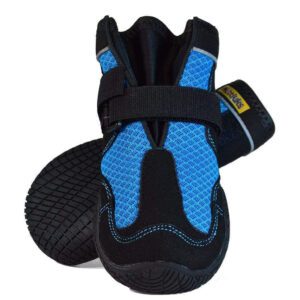 The Mud Monster is comparable in design to Ruffwear’s Grip Trex shoes. The Mud Monster has a breathable mesh upper, a rubber sole, and a “double wrap” Velcro closure. The shoe features a gusseted design which initially helps to get the paw in, but the measurement across the forefoot of the shoe is narrow. We ordered a size 6 (medium), but the boot was too narrow, so we exchanged it for a size 7 (medium/large), but even the larger size seemed to run oddly narrow across the widest part of the paw.
The Mud Monster is comparable in design to Ruffwear’s Grip Trex shoes. The Mud Monster has a breathable mesh upper, a rubber sole, and a “double wrap” Velcro closure. The shoe features a gusseted design which initially helps to get the paw in, but the measurement across the forefoot of the shoe is narrow. We ordered a size 6 (medium), but the boot was too narrow, so we exchanged it for a size 7 (medium/large), but even the larger size seemed to run oddly narrow across the widest part of the paw.
The height of the shoe is pretty tall – almost 1 1/2″ taller than the Grip Trex – and may impact the wrist/carpal pad. The sole, while pliable, is not quite as pliable as that on the Ruffwear Grip Trex, and we have yet to master the double-wrap Velcro fastening closure. Surprisingly for Muttluks, the size is not visible on the boot.
The shoe design is very attractive, but there are just too many areas of uncertainty for us to fully embrace this product.
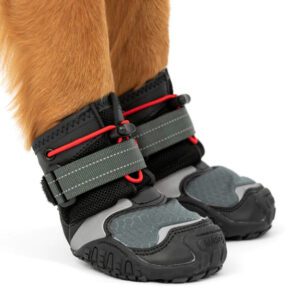 This shoe seems to try to cover every base, with all the features we liked in its competitors: It’s water-resistant, breathable, and made with a tightly woven nylon mesh and synthetic leather upper, a super lugged sole, a gusset that makes putting it on easier, and a hook-and-loop closure with a toggle to help secure the boot at the top. The company was quick to respond to an inquiry and the size is stamped inside.
This shoe seems to try to cover every base, with all the features we liked in its competitors: It’s water-resistant, breathable, and made with a tightly woven nylon mesh and synthetic leather upper, a super lugged sole, a gusset that makes putting it on easier, and a hook-and-loop closure with a toggle to help secure the boot at the top. The company was quick to respond to an inquiry and the size is stamped inside.
Unfortunately, the result is a heavy product with a sole that we found to be too stiff. Also, the shoe is tall and we found that it interferes with the carpal pad and wrist movement. Atle took on a very stilted gait when walking in this stiff-soled boot. And to cap it off, they must be hand washed. We are challenged to recommend this product, particularly for all-weather/hot-weather wear.
Try Some On Today!
A set of boots is a useful addition to anyone’s dog-care toolbox, particularly for hot weather concerns and highly allergic canines. They can also be invaluable if your dog slices or scrapes a paw pad and needs protection while healing. Your dog’s conformation will influence which shoe will work best for her, but we’re confident that our top picks are the best candidates to start with.
Pro Tips for Using Dog Shoes
- Measure your dog’s paws twice, front and back, before ordering. All of the dog-shoe makers provide measuring information on their websites, but reach out to customer service if you have any questions.
- Front paws are often slightly larger than hind paws. If this is the case with your dog, look for a company that sells its shoes in pairs rather than a set of four, so you can get different sizes for front and back.
- Allow your dog time to acclimate to his shoes. Introduce shoes to your dog long before he’ll need to wear them for a specific event or situation. Distract him with play and/or treats – whatever works!
- Do not overtighten your dog’s shoes!
- It’s important to spot and solve shoe-fit problems as quickly as possible. If using boots on a long walk or hike, frequently give them a visual check to make sure they are staying in place. Remove them and check your dog’s paws whenever you stop for a rest.
- A shoe may fall off … Use an indelible marker to write your phone number on the inside of each boot or on a laundry-proof stick-on label. Maybe you will get that boot back!
- Do not leave shoes on an unsupervised dog.
- In hot weather, when your dog’s paws may be particularly sweaty paws, use some talc-free anti-chafing powder in each boot before putting them on your dog. (Try Coat Defense Daily Preventative Powder for Dogs; see coatdefense.com.)
- Tractioned cotton socks or a lightweight rubber disposable boot (i.e., Pawz, from pawzdogboots.com) may be a better option for improving a dog’s traction on slippery floors indoors.
Best All-Weather Shoes for Dogs, From First to Worst
| WDJ Rating | Product Maker Name/ Maker’s Website | Price | Sizes/Colors | Size Tested Weight of 1 Boot | Notes |
| 4 paws | Grip Trex Dog Boots Ruffwear ruffwear.com/products/grip-trex-dog-boot-pairs | $40/pair | 8 sizes (1.5" - 3.25")
3 colors (black, green, red) | 2.75"/75 mm
48 grams | Our top pick. Easy to put on, secure fit without overtightening. Good range of sizes. Machine washable. Made in Vietnam. |
| 3 ½ paws | Hot Pavement Boots Canada Pooch canadapooch.com/products/hot-pavement-dog-boots | $51 -$61/set of 4 | 6 sizes (1-6)
2 colors (blue/green, pink) | Size 5
40 grams | The lightest shoe we reviewed. Soft, breathable, secure. Easy to put on and position for maximum comfort. Machine washable. Made in China. |
| 3 paws | Wag Wellies Mojave Wagwear wagwear.com/products/wagwellies-mojave | $49 /set of 4 | 7 sizes (XXS-XXL)
5 colors (blue, orange, black, pink, green) | XL
55 grams | Lightweight, easy to put on. Very breathable (sort of like Crocs for humans) but poor at keeping dirt, sand, or debris out of the boot – best for use on pavement. Good range of sizes. Made in China. |
| 2 ½ paws | Original All-Weather Muttluks Muttluks muttluks.com/products/original-all-weather-muttluks | $66 - $88 set of 4 | 8 sizes (“Itty Bitty” - XXL)
2 colors (black or yellow) | M
42 grams | Good range of sizes. High cuff keeps debris out but makes putting the boots on a little more difficult, especially for long-haired dogs. Better for cold-weather wear; might be too hot for warm weather. Machine washable. Made in Canada. |
| | | | | |
| 2 paws | Mud monsters Muttluks muttluks.com/collections/dog-boots/products/mud-monsters | $50-$65/pair | 10 sizes (XXS-XL)
4 colors (blue, gray, orange, purple) | 7 (M-L)
67 grams | Similar in overall design to Ruffwear’s Grip Trex, but the execution isn’t as good. The boot is taller and stiffer than that competitor. These boots are also some of the narrowest we tried. Great range of sizes available. Machine washable. Made in China. |
| 0 paws | Blaze Dog Boots Kurgo kurgo.com/outdoor-gear/blaze-dog-boots | $34.95/pair | 6 sizes (XXS-XL)
1 color (black/gray) | Medium
71 grams | Not recommended: Heavy, bulky, tall, hot – and needs hand-washing! “Imported.” |




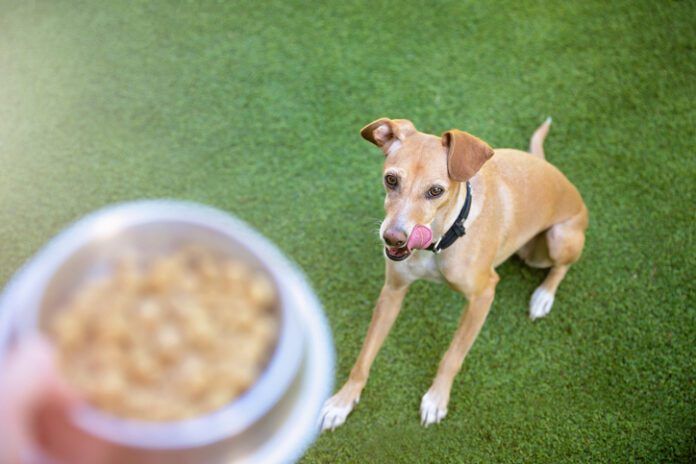


 Ruffwear started designing dog boots in 1997, and their designs have evolved over time. The Grip Trex is a lightweight, low-profile boot with a mesh upper and a rubber Vibram sole. It uses a hook-and-loop cinch closure and has a gusseted design to provide a wider opening that makes it easy to put them on the dog.
Ruffwear started designing dog boots in 1997, and their designs have evolved over time. The Grip Trex is a lightweight, low-profile boot with a mesh upper and a rubber Vibram sole. It uses a hook-and-loop cinch closure and has a gusseted design to provide a wider opening that makes it easy to put them on the dog. Canada Pooch was founded in 2011 and, despite what appears to be a focus on fashion, produces some boots that are worth a look.
Canada Pooch was founded in 2011 and, despite what appears to be a focus on fashion, produces some boots that are worth a look. While Wagwear has been in existence since 1998, they look to be a fairly recent entrant to the shoe market with their riff on Wellington (“Wellie”) boots. This shoe represents a shift from the typical dog shoe “look” and the material is reminiscent of the rubbery “jelly” shoes for humans that were wildly popular in the 1980s.
While Wagwear has been in existence since 1998, they look to be a fairly recent entrant to the shoe market with their riff on Wellington (“Wellie”) boots. This shoe represents a shift from the typical dog shoe “look” and the material is reminiscent of the rubbery “jelly” shoes for humans that were wildly popular in the 1980s. Muttluks has been making dog boots since 1994, offers a wide variety of styles, and has great customer service. The “All Weather” was one of the first entrants to the performance dog boot market and was one of our former top picks for winter dog boots.
Muttluks has been making dog boots since 1994, offers a wide variety of styles, and has great customer service. The “All Weather” was one of the first entrants to the performance dog boot market and was one of our former top picks for winter dog boots. The Mud Monster is comparable in design to Ruffwear’s Grip Trex shoes. The Mud Monster has a breathable mesh upper, a rubber sole, and a “double wrap” Velcro closure. The shoe features a gusseted design which initially helps to get the paw in, but the measurement across the forefoot of the shoe is narrow. We ordered a size 6 (medium), but the boot was too narrow, so we exchanged it for a size 7 (medium/large), but even the larger size seemed to run oddly narrow across the widest part of the paw.
The Mud Monster is comparable in design to Ruffwear’s Grip Trex shoes. The Mud Monster has a breathable mesh upper, a rubber sole, and a “double wrap” Velcro closure. The shoe features a gusseted design which initially helps to get the paw in, but the measurement across the forefoot of the shoe is narrow. We ordered a size 6 (medium), but the boot was too narrow, so we exchanged it for a size 7 (medium/large), but even the larger size seemed to run oddly narrow across the widest part of the paw. This shoe seems to try to cover every base, with all the features we liked in its competitors: It’s water-resistant, breathable, and made with a tightly woven nylon mesh and synthetic leather upper, a super lugged sole, a gusset that makes putting it on easier, and a hook-and-loop closure with a toggle to help secure the boot at the top. The company was quick to respond to an inquiry and the size is stamped inside.
This shoe seems to try to cover every base, with all the features we liked in its competitors: It’s water-resistant, breathable, and made with a tightly woven nylon mesh and synthetic leather upper, a super lugged sole, a gusset that makes putting it on easier, and a hook-and-loop closure with a toggle to help secure the boot at the top. The company was quick to respond to an inquiry and the size is stamped inside.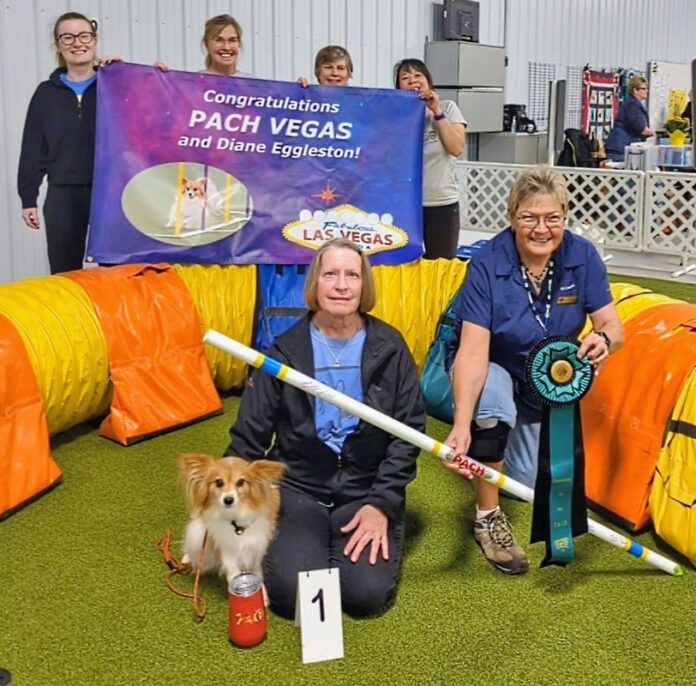
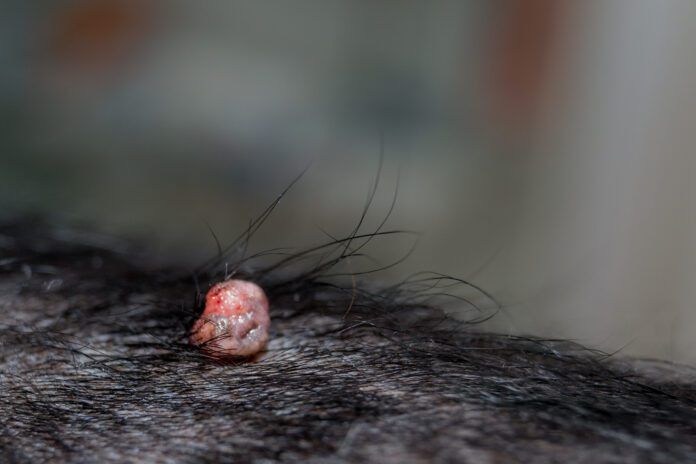
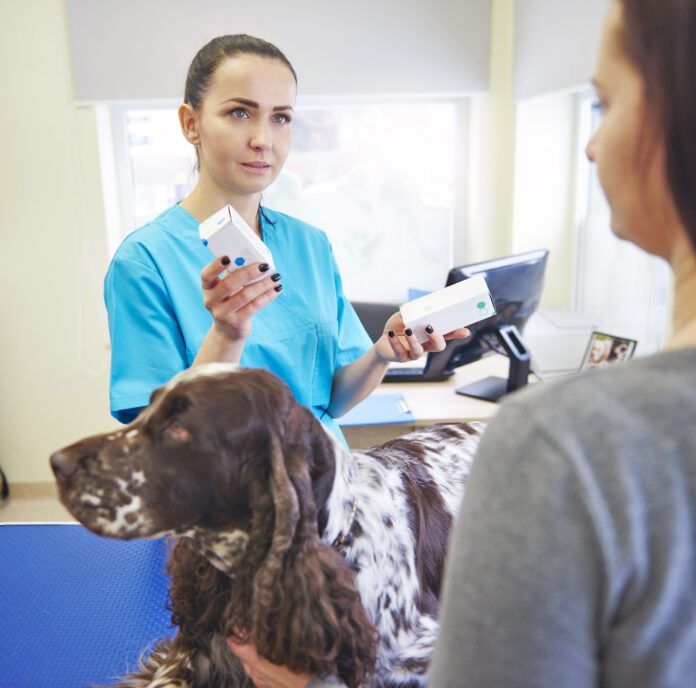
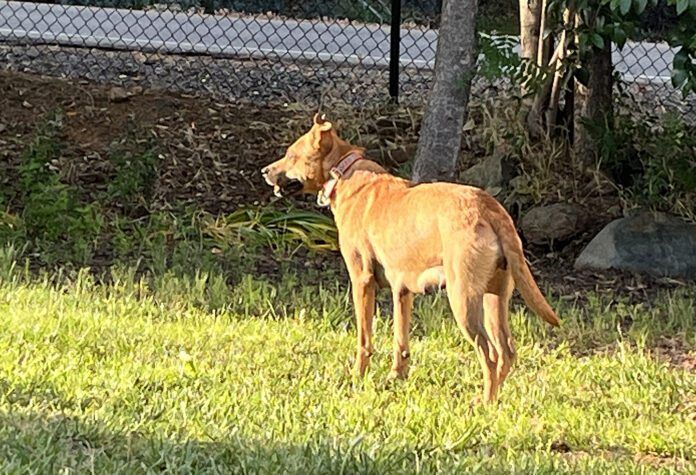
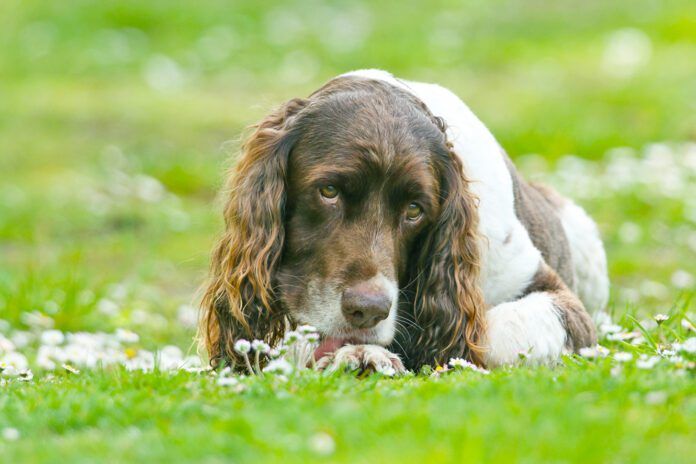

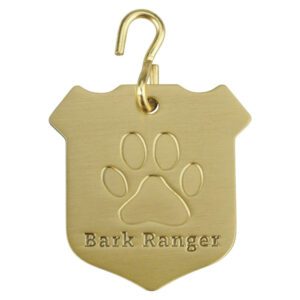 Introduced as part of the Healthy People, Healthy Parks Initiative in 2018, this ranger-led program helps visitors enjoy positive experiences with their pets in unfamiliar environments. BARK stands for:
Introduced as part of the Healthy People, Healthy Parks Initiative in 2018, this ranger-led program helps visitors enjoy positive experiences with their pets in unfamiliar environments. BARK stands for: